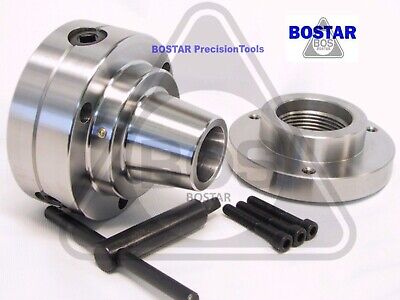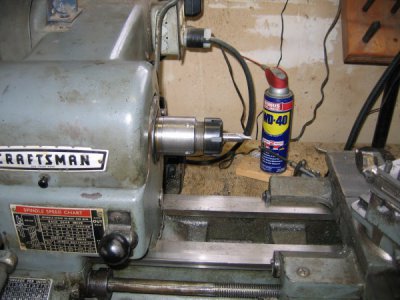Hello, I'm new to the thread and also semi new to machining. About a month ago i bought a G0602 new from grizzly since then i have accumulated a decent amount of tooling but I still only have the stock 3 and 4 jaw chucks. I looked at 6 jaw chucks but they are expensive and a collet chuck seems like it would be pretty nice to have. My lathe still isnt leveled and the tailstock isn't aligned but that because my setup is the lathe sitting on a tool cabinet with roller wheels so there isn't a point of leveling because the lathe moves on the rollers and the leveling would constantly get thrown off ( don't have a machinist level either). So the chucks im looking at is the 5c collet chuck or a er40 chuck. I'm leaning towards the 5c chuck but I'm looking for advice.
https://www.ebay.com/itm/ER40-5-SET...dj-0-0005-TIR-1-3-4-8-Back-Plate/333062311281
https://www.ebay.com/itm/ER40-5-SET...dj-0-0005-TIR-1-3-4-8-Back-Plate/333062311281



